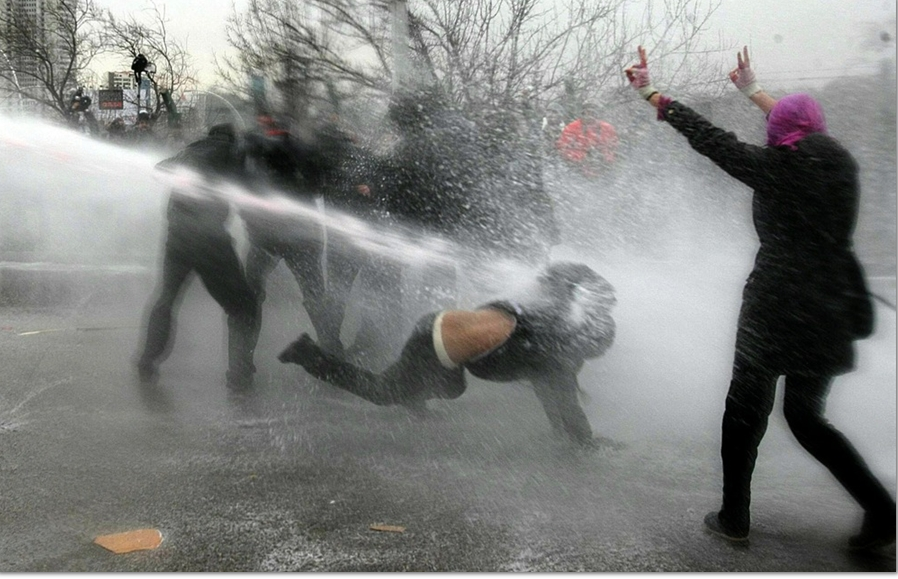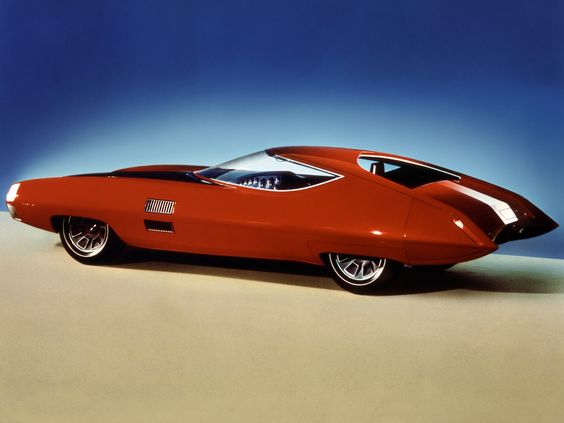Watching the riots that developed at the memorial march in Brussels last year I again noticed a huge Water Cannon. Right-wing thugs showed up at the march screaming anti-migrant and white supremacist chants. The hooligans got washed good by a gigantic Belgium water cannon.

A water cannon is a device that shoots a high-velocity stream of water. Typically, a water cannon can deliver a large volume of water, often over dozens of meters. They are used in firefighting, large vehicle washing and riot control.
The first truck-mounted water cannon were used for riot control in Germany in the beginning of the 1930s.
The most modern versions do not expose the operator to the riot, and are controlled remotely from within the vehicle by a joystick. The German-built WaWe 10.000 can carry 10,000 litres (2,200 imp gal) of water, which can deploy water in all directions via three cannons, all of which are remotely controlled from inside the vehicle by a joystick. The vehicle has two forward cannons with a delivery rate of 20 litres per second (260 imp gal/min), and one rear cannon with a delivery rate of 15 litres per second (200 imp gal/min).
Water cannons designed for riot control are still made in the United States and the United Kingdom, but most products are exported, particularly to Africa and parts of Asia such as South Korea.

Use of water cannon in riot control contexts can lead to injury or death, with fatalities recorded in Indonesia (in 1996, when the cannon’s payload contained ammonia), Zimbabwe (in 2007, when the use of cannons on a peaceful crowd caused panic), Turkey (in 2013, when the payload was laced with “liquid teargas”), and Ukraine (in 2014, with the death of activist and businessman Bogdan Kalynyak, reportedly catching pneumonia after being sprayed by water cannon in freezing temperatures). South Korea used water cannons containing capsaicin and fluorescent dyes for later screening and arrest in recent protests against its citizens.
Water cannons in use during the 1960s, which were generally adapted fire trucks, would knock protesters down and on occasion, tear their clothes.
On 30 September 2010, during a protest demonstration against the Stuttgart 21 project in Germany, a demonstrator was hit in the face by a water cannon. Dietrich Wagner, a retired engineer, suffered from the damage to his eyelids, a fracturing of a portion of the retinal bone, and damage to the retinas. The eye injuries thus inflicted on the man resulted in near-complete loss of eyesight. Graphic imagery was recorded of the event, sparking a national debate about police brutality and proportionality in the use of state force.


Istanbul above
A few examples of the beasts

One of the first water cannon. Germany 1930’s.

France

Germany

Russia

Columbia

China. Typical Chinese approach, if the water cannon don’t knock them down, plow through the crowd with the big blade.

















































